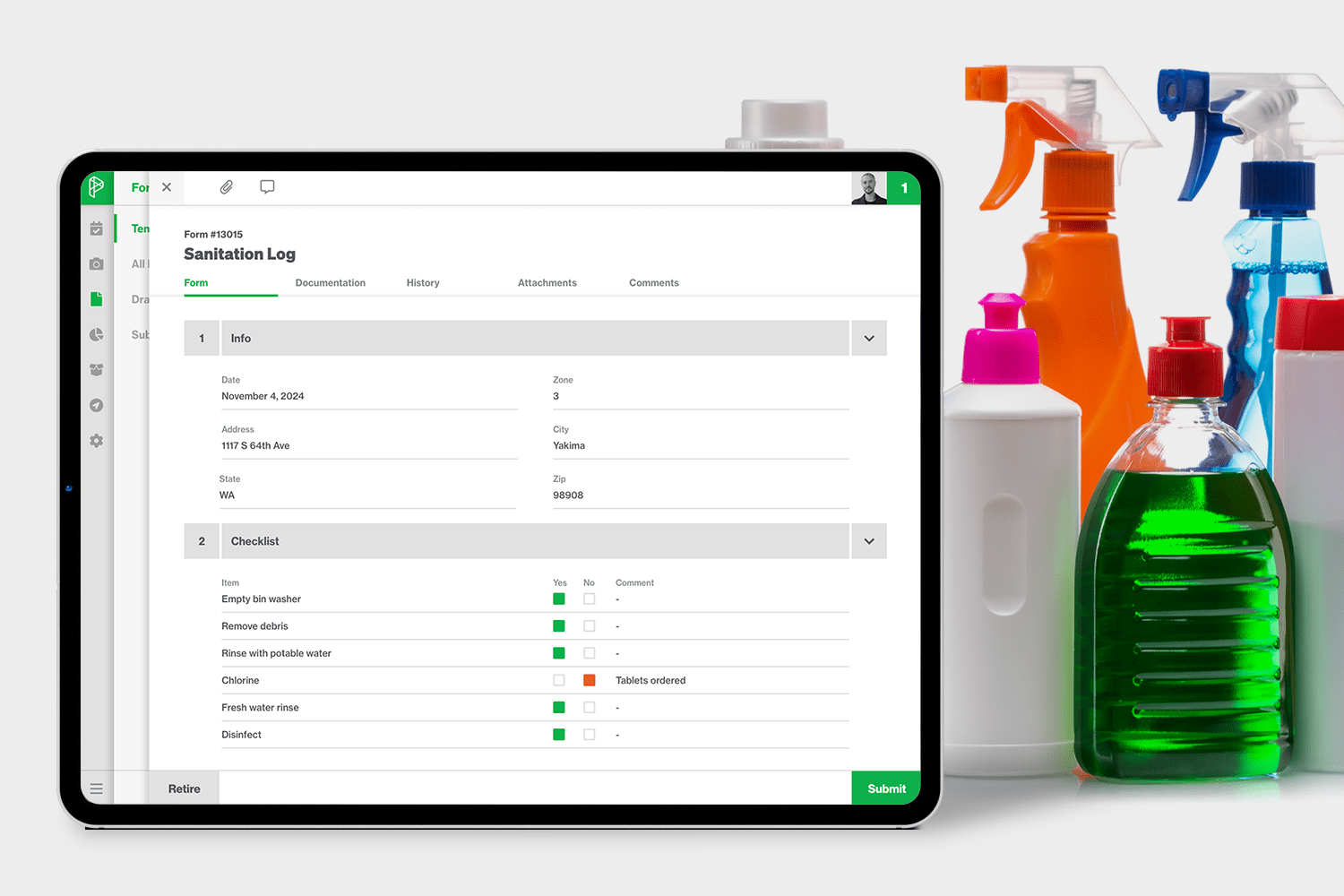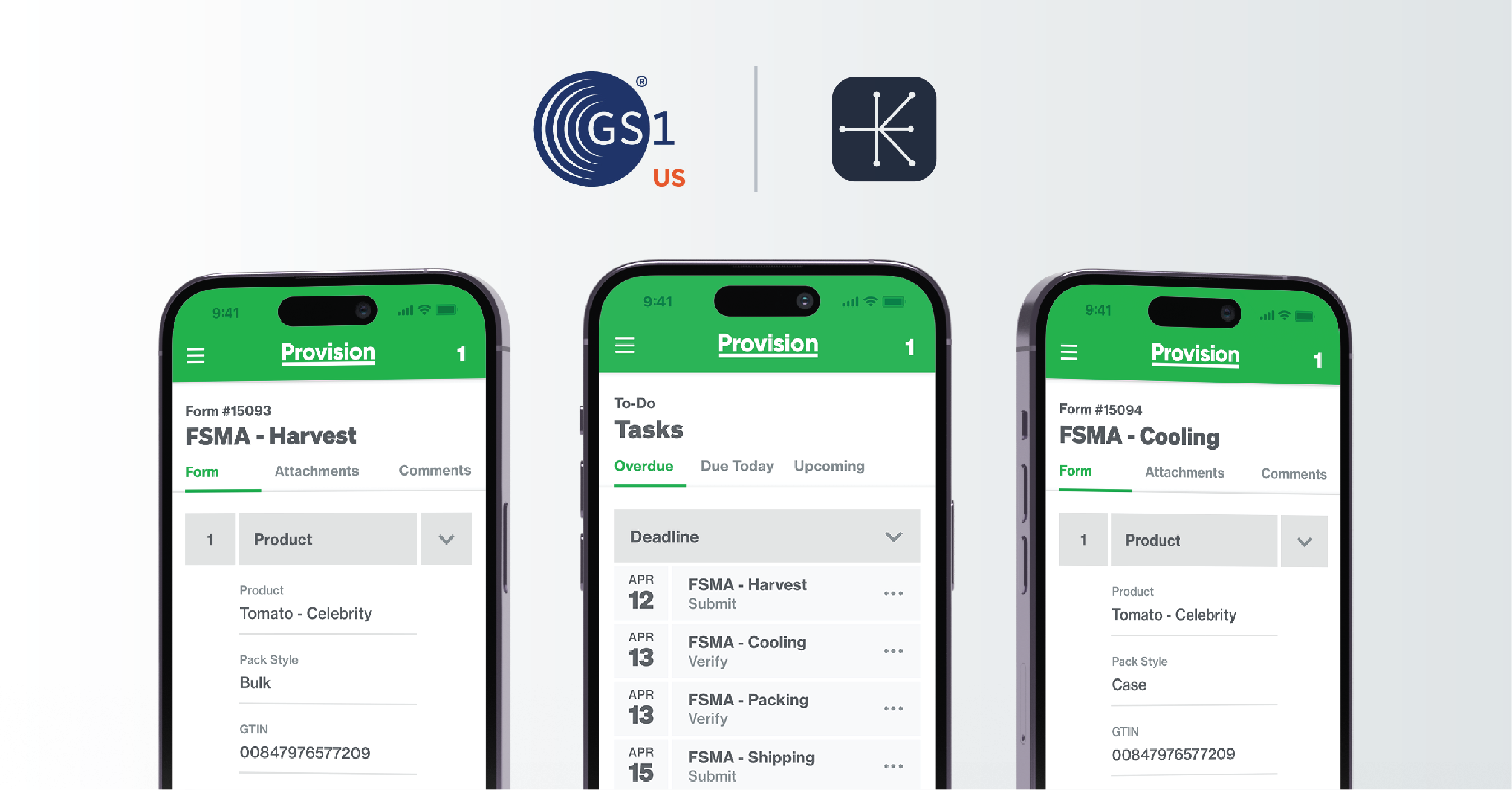About the CDC Report
Food safety programs are only as strong as the risks they’re built to prevent. Thanks to the CDC’s recent analysis of 2,677 U.S. foodborne illness outbreaks between 2014 and 2022, we now have a clearer picture of where—and how—those risks are showing up.
Some patterns are expected. Others may surprise you. But all of them point to one clear message: the best food safety strategies start with data.
In this piece, we break down the CDC’s findings and outline how you can apply them to reduce risks across your operation—from farm to fork.

One of the clearest signals in the CDC report is the changing profile of outbreak-causing pathogens:
-
Bacterial outbreaks rose from 41.9% in 2014–2016 to 48.4% in 2020–2022
-
Viral outbreaks (like norovirus) declined from 33.3% to 23.2% over the same period
At first glance, it may seem like bacterial contamination is on the rise. But the total number of bacterial outbreaks has stayed relatively stable—what’s changed is the decline in viral outbreaks, likely due to enhanced hygiene, handwashing, and sick-leave policies during COVID-19.
What to watch for:
-
As pandemic-era hygiene measures fade, viral outbreaks may rise again
-
Foodservice operations should consider reinstituting key practices from that period
-
Keeping sick workers out of food prep, enforcing glove use, and retraining on sanitation remain important defenses for both bacterial and viral threats
While restaurants are the most common setting associated with outbreaks (60.1%), the contamination itself doesn’t always start there.
In fact, the CDC found that in 26% of outbreaks with contributing factors, contamination occurred before food prep—usually at the farm or processing facility.
This has big implications for upstream control:
-
Growers and processors must double down on sanitation, water testing, and exclusion zones to prevent environmental contamination
-
Buyers and QA teams should strengthen supplier verification and audit programs
-
Traceability tools can help link contamination events back to source with greater precision
Tip: Digital food safety systems like Provision can help document GMPs at the source and flag trends before they become problems.
Despite being food safety fundamentals, time and temperature missteps remain a leading driver of outbreaks.
From bacterial-specific data (2020–2022), the most cited factors were:
-
20.9%Inadequate cooking or thermal processing
-
17.3%Improper cooling
-
15%Improper hot or cold holding
-
24.6%Food left in the "danger zone" during prep or service
When food spends too long between 40°F and 140°F, bacterial cells multiply rapidly—and that’s still happening in too many kitchens.
Takeaways for operators:
-
Validate that cooking and cooling procedures consistently meet time-temp thresholds
-
Use temperature sensors and digital checklists to prevent human error
-
Make sure reheating SOPs are up to spec—this was a contributing factor in ~5% of bacterial outbreaks
Real-time data capture through Provision’s logging system helps ensure that your cold and hot holding practices match what your HACCP plan requires—and makes it easy to prove.
4. Even Small Outbreaks Are Costly
According to the CDC, 60.6% of outbreaks affect just 2 to 10 people. While these events may seem small, their impact on businesses can be significant.
A 2024 study in Journal of Food Protection estimates that the median direct cost of an outbreak is $6,181, and that's before accounting for:
-
Legal or regulatory consequences
-
Brand damage and lost sales
-
Recall execution and public relations recovery
-
Even “minor” events can become major liabilities
-
Consistent documentation and preventive action is critical
-
Teams should investigate small incidents with the same rigor as larger ones
-
Map your food safety program to the top contributing factors
-
Reinforce hygiene practices that helped reduce viral outbreaks during COVID
-
Strengthen supplier documentation and upstream controls
-
Modernize monitoring of temperature, cooking, and holding
-
Make use of digital platforms to connect compliance with daily action






